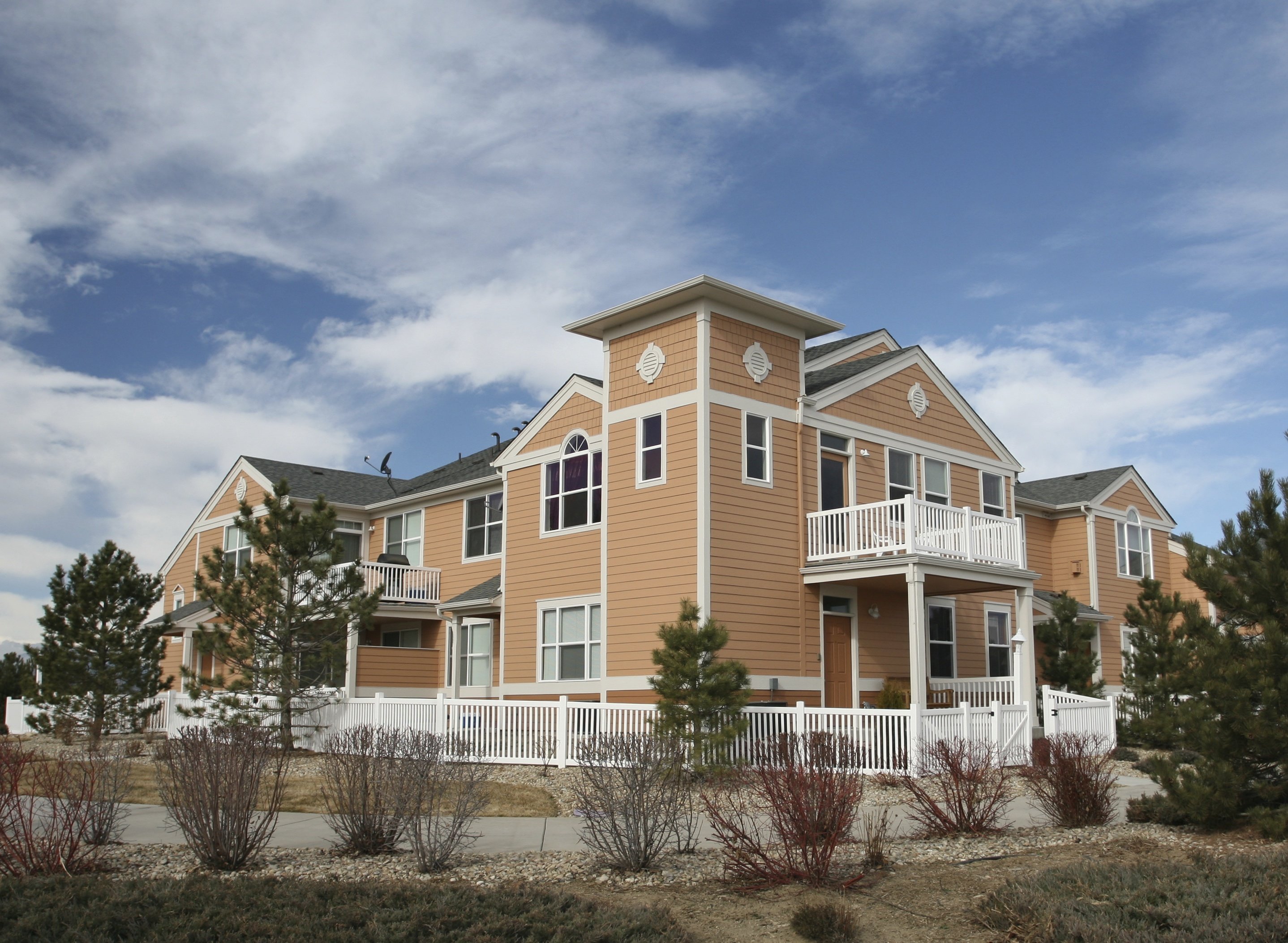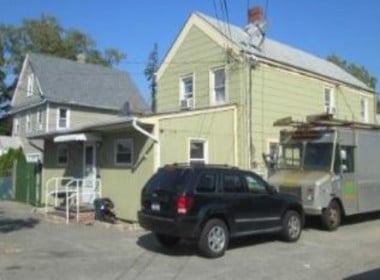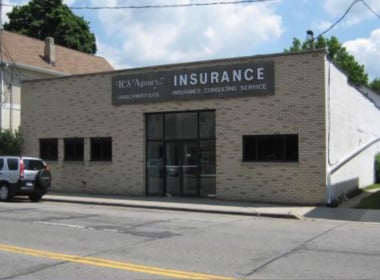5 Strategies for Maintaining Multi Family Homes
- May 06, 2016
- residential real estate, Tips
- 0

Multi family homes can offer a great return on investment for landlords and tenants. But to keep tenants happy, they require regular maintenance. Here are five strategies for building upkeep that will prevent your building full and profitable.
Learn about your Multi-family Homes
Landlords benefit from learning everything there is to know about their multi family homes. Regular walk-throughs of the residential real estate property will help you spot problems and areas for improvement.
In addition, conducting maintenance audits of all parts of multi family homes will prevent deterioration and keep them functioning smoothly.
Keep on Top of Repairs
If you are going to attract and retain quality Long Island tenants, your building cannot be in a constant state of disrepair. By regularly identifying and correcting areas in need of repair, your house or building will become an inviting place to live.
Plan for Inspections
Scheduling preventative maintenance inspections allows your multi family house to remain compliant with applicable building codes and avoid problems during inspection.
Preform Regular Preventive Maintenance
Regardless of the size of a multi family home, frequent maintenance is a necessity. Here’s a checklist to help you keep on top of these critical tasks:
- Entranceways
- Indoor and outdoor lighting
- Security systems
- Alarm systems
- Doors and windows
- Gas connections
- Restrooms
- Laundry facilities
- Landscaping
- Walkways, driveways and parking
- Signage
- Exterior stairs, decks, balconies and patios
- Fences
- HVAC systems
- Fire alarm water flow testing
- Smoke and carbon monoxide detectors and alarms
- Structural members
- Emergency generators
- Backflow devices
- Electrical systems
- Fire extinguishers
- Hot water heaters
- Gutters and storm drains
Stick to a Maintenance Budget
With all this maintenance to complete, it’s easy to incur cost-overruns. Establishing a monthly repair budget helps you prioritize what work is needed immediately and what can wait. This will help you gain control of your maintenance budget, while keeping your building in tip-top shape.








